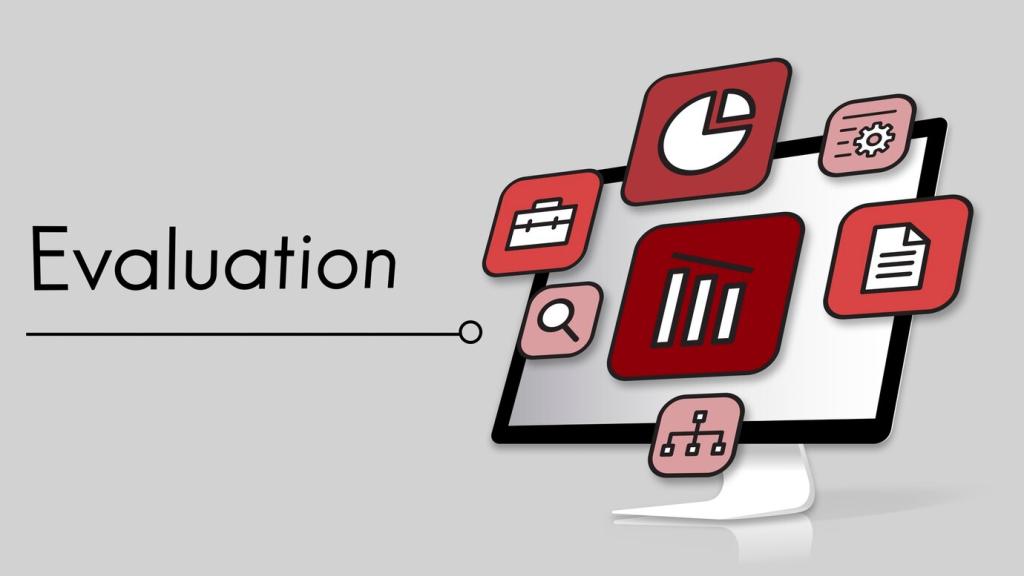
Emerging Trends in Technology Risk Assessment: Your Frontline Field Guide
Chosen theme: Emerging Trends in Technology Risk Assessment. Welcome to a friendly, forward-looking hub where we turn complex risks into clear actions, share lived lessons from the trenches, and invite you to join the conversation—comment, subscribe, and shape what we explore next.
AI-Driven Risk Sensing and Early Warning Signals
One team replaced quarterly control reviews with an anomaly detector that learned their normal cloud behavior. It flagged a sudden spike in shadow admin actions, prompting a quick investigation that found a misconfigured automation account—days before an audit would have. Share your pivot from periodic checks to continuous prediction.

Identity as the New Perimeter
A startup cut standing admin rights by introducing just‑in‑time elevation tied to strong approvals and session recording. When a token leaked during a hackathon, the window closed before anything meaningful happened. How are you measuring privilege creep and tightening session scopes?
Policy‑as‑Code and Drift Control
Infrastructure templates start secure but drift. By enforcing policies in code with admission controllers and automated rollbacks, one platform team prevented a public S3 bucket from ever shipping. They now treat misconfiguration like a failed test, not a human mistake to document later.
Supply Chain and Third‑Party Risk Reimagined
A payments company moved beyond spreadsheets to API‑based attestations: build status, dependency health, and control telemetry straight from vendor platforms. It turned compliance from yes/no answers into verifiable signals that trend over time. What data would make you trust a supplier faster?
Supply Chain and Third‑Party Risk Reimagined
Software Bills of Materials are powerful only when tied to real‑world likelihood. Enrich them with exploit prediction scores, known exploited vulnerability lists, and reachability analysis in your code paths. That shift helps teams prioritize what is dangerous, not merely present.
Quantifying Risk: Beyond Heatmaps
Calibrated Estimation and Simulation
A risk team trained analysts to give 90% confidence intervals and used Monte Carlo to model breach losses. The CFO finally saw how small changes in detection time reshaped expected loss, unlocking budget for telemetry rather than more policies. Which assumptions move your models most?
Linking Controls to Frequency and Magnitude
Controls should show measurable impact. Instrument mean time to detect, mean time to respond, and containment rates. Tie those metrics to modeled loss frequency and magnitude so funding flows to what demonstrably reduces exposure. Share a control that outperformed its cost.
Board‑Ready Narratives
Translate stochastic outputs into simple ranges, drivers, and options. Offer trade‑offs: invest X for Y reduction in expected annual loss. Readers, drop a comment with the one chart that made your board lean in—then subscribe for templates you can adapt.
Privacy, Ethics, and Trust by Design
An analytics team cut log retention from 365 to 30 days and replaced raw payloads with structured, purpose‑built events. Query costs dropped, incident blast radius shrank, and developer happiness rose. What is one dataset you could delete this quarter without hurting outcomes?

Privacy, Ethics, and Trust by Design
Adopt model cards, bias tests, and lineage tracking. Define who approves high‑risk deployments and what rollback looks like. When a classification model drifted on a holiday spike, these guardrails prevented harmful automation and preserved customer trust. How are you documenting decisions?
From Annual Drills to Weekly Game Days
One org shifted to short, focused exercises: a twenty‑minute token theft scenario every Friday. They found a brittle token refresh path that broke incident communications, fixed it, and repeated until it held under stress. What would your first micro‑drill test tomorrow?
Security Chaos Engineering Basics
Inject controlled failure—expired certs, DNS misroutes, or throttled identity services—and measure detection, containment, and customer impact. Publish learnings widely so teams improve together. Subscribe for a monthly chaos scenario you can run with minimal setup.
Tabletop to Telemetry
Turn tabletop insights into dashboards: playbooks used, time to decision, and handoff delays. If a lesson lacks an owner or metric, it will evaporate. Comment with your favorite metric that turned a one‑off drill into durable muscle memory.

A healthcare company recruited security champions with real time allowances, not just titles. Monthly show‑and‑tell sessions surfaced unsafe workflows and celebrated fixes. Participation soared when leaders tied recognition to career growth. How do you sustain momentum without burnout?

